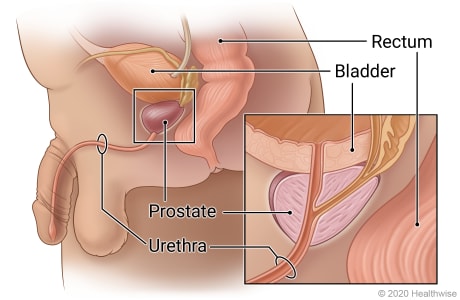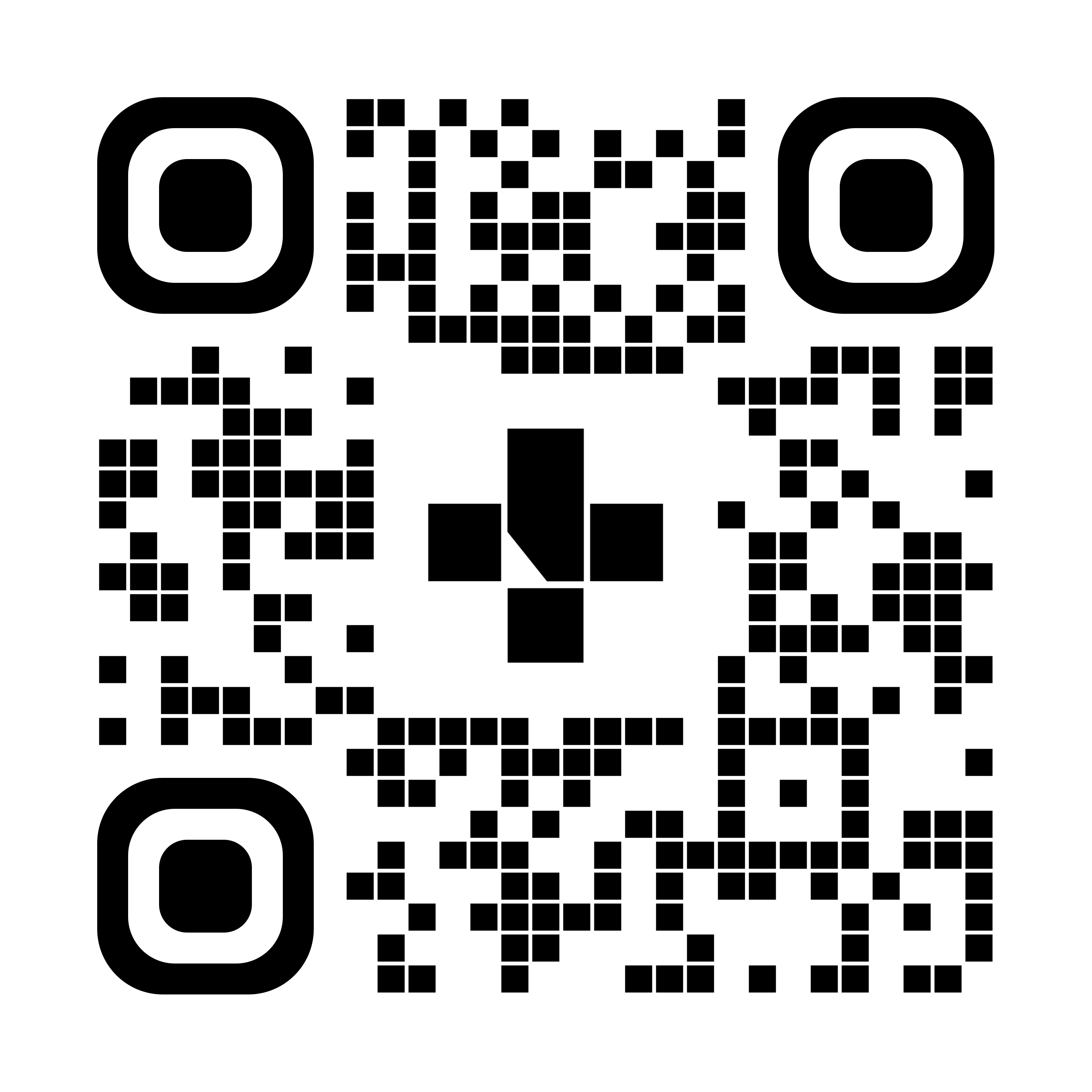Prostate Artery Embolization
Before your procedure

What is prostate artery embolization?
Prostate artery embolization is a procedure to reduce blood flow to the prostate to help shrink an enlarged prostate. Your prostate may be larger due to benign prostatic hyperplasia (BPH), or non-cancerous growth of the prostate.
An enlarged prostate can cause lower urinary tract symptoms like:
- Frequent need to pass your urine.
- Having a hard time holding urine.
- Difficulty starting or stopping your urine stream.
- Feeling like you don’t empty your bladder completely when you pass urine.
- Waking up several times each night to pass urine.
During the embolization procedure you will be awake. But you’ll get medicines to help you relax and manage pain. The procedure is performed through a thin, flexible tube (catheter) inserted by the radiologist into a blood vessel in your groin or wrist. A solution is put through the catheter to reduce the blood supply to your prostate. Less blood supply to the prostate will cause it to shrink which will reduce your lower urinary tract symptoms.
The procedure usually takes 2 to 4 hours. After the procedure, you will probably go home the same day, or you might stay in the hospital overnight.
You may experience more lower urinary symptoms for the first few days up to 2 weeks after your procedure. These may include urgency, frequency, reduced urine flow and waking up multiple times at night to pass your urine.
How do you prepare for the procedure?
Procedures can be stressful. This information will help you understand what you can expect. And it will help you safely prepare for your procedure.
Preparing for your procedure:
- Do not eat or drink for 6 to 8 hours before the procedure.
- Be sure you have someone to take you home. Some medicines you'll get during the procedure will make it unsafe for you to drive or get home on your own.
- Understand exactly what procedure is planned, along with the risks, benefits, and other options.
- If you take aspirin or some other blood thinner, ask your doctor if you should stop taking it before your procedure. Make sure that you understand exactly what your doctor wants you to do. These medicines increase the risk of bleeding.
- Tell your doctor all the medicines and natural health products you take. Some may increase the risk of problems during your procedure. Your doctor will tell you if you should stop taking any of them before the procedure and how soon to do it.
- Make sure your doctor and the hospital have a copy of your advance care plan. If you don't have one, you may want to prepare one. It lets others know your health care wishes. It's a good thing to have before any type of surgery or procedure.
- You may be asked to have blood tests done before the procedure.
What happens on the day of the procedure?
- Follow the instructions exactly about when to stop eating and drinking. If you don't, your procedure may be cancelled. If your doctor told you to take your medicines on the day of the procedure, take them with only a sip of water.
- Take a bath or shower before you come in for your procedure. Do not apply lotions, perfumes, deodorants, or nail polish.
- Remove all jewellery, piercings, and contact lenses.
At the Hospital:
- Bring a picture ID and your Alberta Personal Health Care card.
- Tell your doctor about any allergies you have.
- The procedure will take about 2 to 4 hours
- You will be asked to wear a hospital gown.
- An intravenous (I.V.) will be started into a vein in your hand or arm to give you medicines as needed.
- You will have a urinary catheter inserted, the catheter will be removed before you leave the hospital.
- If you have a urinary catheter when you come to the hospital you will go home with the catheter, and it will be removed approximately 2 weeks after your procedure.
- You will be asked to lie flat on your back on the procedure table.
- Your blood pressure, heart rate, and breathing will be measured several times during your procedure.
- You will be kept comfortable and safe by your healthcare team. You may get medicine that relaxes you or puts you in a light sleep. The area being worked on will be numb.
- After the procedure, pressure will be applied to the area where the catheter was put in your blood vessel. Then the area may be covered with a bandage or a compression device. This will help prevent bleeding.
- If the embolization catheter was put in your groin, you will need to lie still and keep your leg straight for several hours.
- If the embolization catheter was put in your arm, you may be able to sit up and get out of bed soon after the procedure is finished. But you will need to keep your arm still for at least 1 hour. Check with your healthcare team before getting up.
- You may also have post-embolization syndrome (PES). This is a common side effect following this procedure. Symptoms typically start within a few days of the embolization and may last anywhere from 2 to 3 days or up to 2 weeks. These symptoms will go away by themselves. Symptoms can include:
- Pain and cramping.
- Low-grade fever.
- Nausea, vomiting, or both.
- Feeling unwell.
- Your doctor may prescribe medicine to manage your symptoms, such as pain or anti-nausea medicine. If you are not taking prescription medicine, ask your doctor if you can take an over-the-counter medicine such as Tylenol or Gravol.
When should you call your doctor?
Call your doctor or the clinic if:
- You have questions or concerns.
- You don't understand how to prepare for your procedure.
- You become ill before the procedure (such as fever, flu, or a cold).
- You need to reschedule or have changed your mind about having the procedure.
To see this information online and learn more, visit MyHealth.Alberta.ca/health/aftercareinformation/pages/conditions.aspx?hwid=custom.ab_prostate_artery_embolization_pc.

For 24/7 nurse advice and general health information call Health Link at 811.
Current as of: November 19, 2024
Author: Diagnostic Imaging, Alberta Health Services
This material is not a substitute for the advice of a qualified health professional. This material is intended for general information only and is provided on an "as is", "where is" basis. Although reasonable efforts were made to confirm the accuracy of the information, Alberta Health Services does not make any representation or warranty, express, implied or statutory, as to the accuracy, reliability, completeness, applicability or fitness for a particular purpose of such information. Alberta Health Services expressly disclaims all liability for the use of these materials, and for any claims, actions, demands or suits arising from such use.
